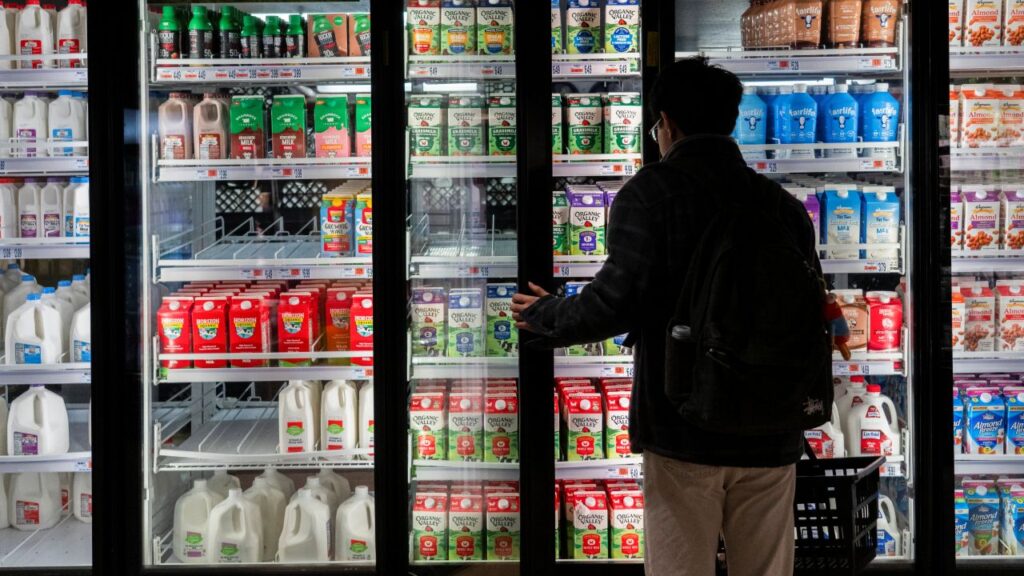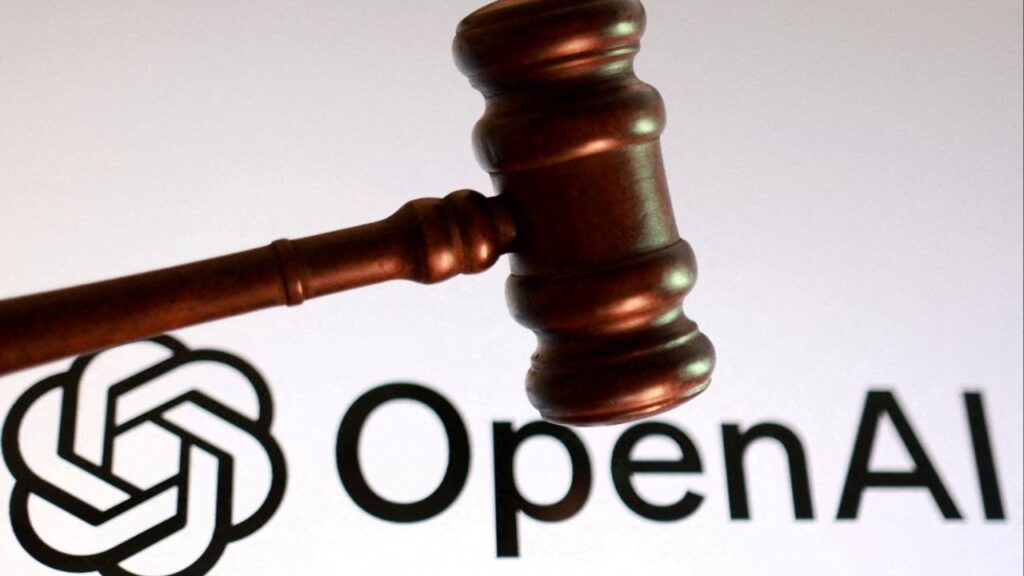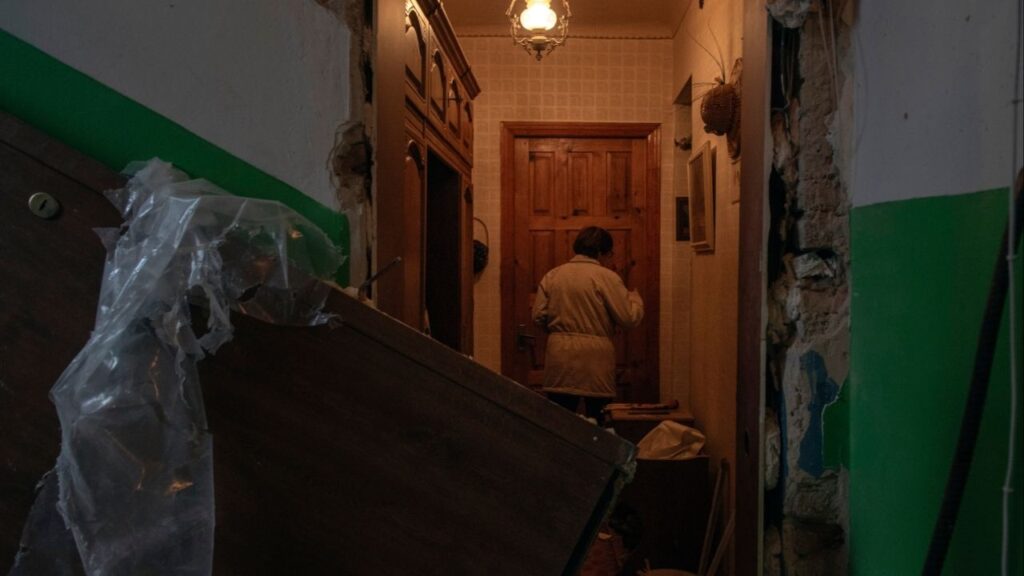Share
CAPE CANAVERAL, Fla. — Jupiter and Saturn will merge in the night sky Monday, appearing closer to one another than they have since Galileo’s time in the 17th century.
Astronomers say so-called conjunctions between the two largest planets in our solar system aren’t particularly rare. Jupiter passes its neighbor Saturn in their respective laps around the sun every 20 years.
But the one coming up is especially close: Jupiter and Saturn will be just one-tenth of a degree apart from our perspective or about one-fifth the width of a full moon. They should be easily visible around the world a little after sunset, weather permitting.
Toss in the winter solstice in the Northern Hemisphere, the longest night of the year — and the summer solstice in the Southern Hemisphere — and this just-in-time-for-Christmas spectacle promises to be one of the greatest of Great Conjunctions.
“What is most rare is a close conjunction that occurs in our nighttime sky,” said Vanderbilt University’s David Weintraub, an astronomy professor. “I think it’s fair to say that such an event typically may occur just once in any one person’s lifetime, and I think ‘once in my lifetime’ is a pretty good test of whether something merits being labeled as rare or special.”
It will be the closest Jupiter-Saturn pairing since July 1623, when the two planets appeared a little nearer. This conjunction was almost impossible to see, however, because of its closeness to the sun.
Considerably closer and in plain view was the March 1226 conjunction of the two planets — when Genghis Khan was conquering Asia. Monday’s conjunction will be the closest pairing that is visible since way back then.
Saturn and Jupiter have been drawing closer in the south-southwest sky for weeks. Jupiter — bigger and closer to Earth — is vastly brighter.
“I love watching them come closer and closer to each other and the fact that I can see it with my naked eyes from my back porch!” Virginia Tech astronomer Nahum Arav said in an email.
To see it, be ready shortly after sunset Monday, looking to the southwest fairly low on the horizon. Saturn will be the smaller, fainter blob at Jupiter’s upper right. Binoculars will be needed to separate the two planets.
Despite appearances, Jupiter and Saturn will actually be more than 450 million miles apart. Earth, meanwhile, will be 550 million miles from Jupiter.
A telescope will not only capture Jupiter and Saturn in the same field of view, but even some of their brightest moons.
Their next super-close pairing: March 15, 2080.
Categories

Republican Healthcare Bill Failing in US Senate

Same Product, Same Store, but on Instacart, Prices Might Differ

















